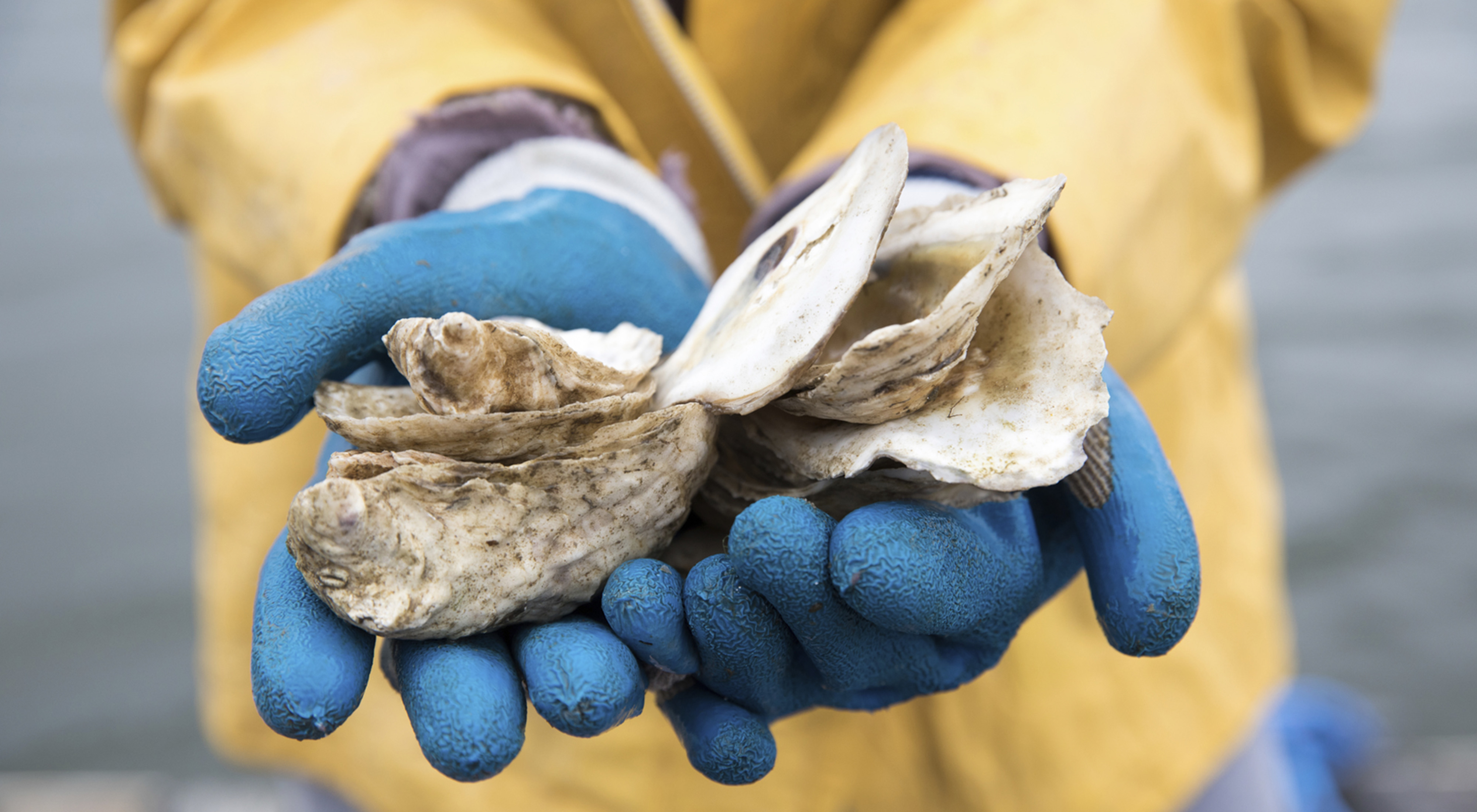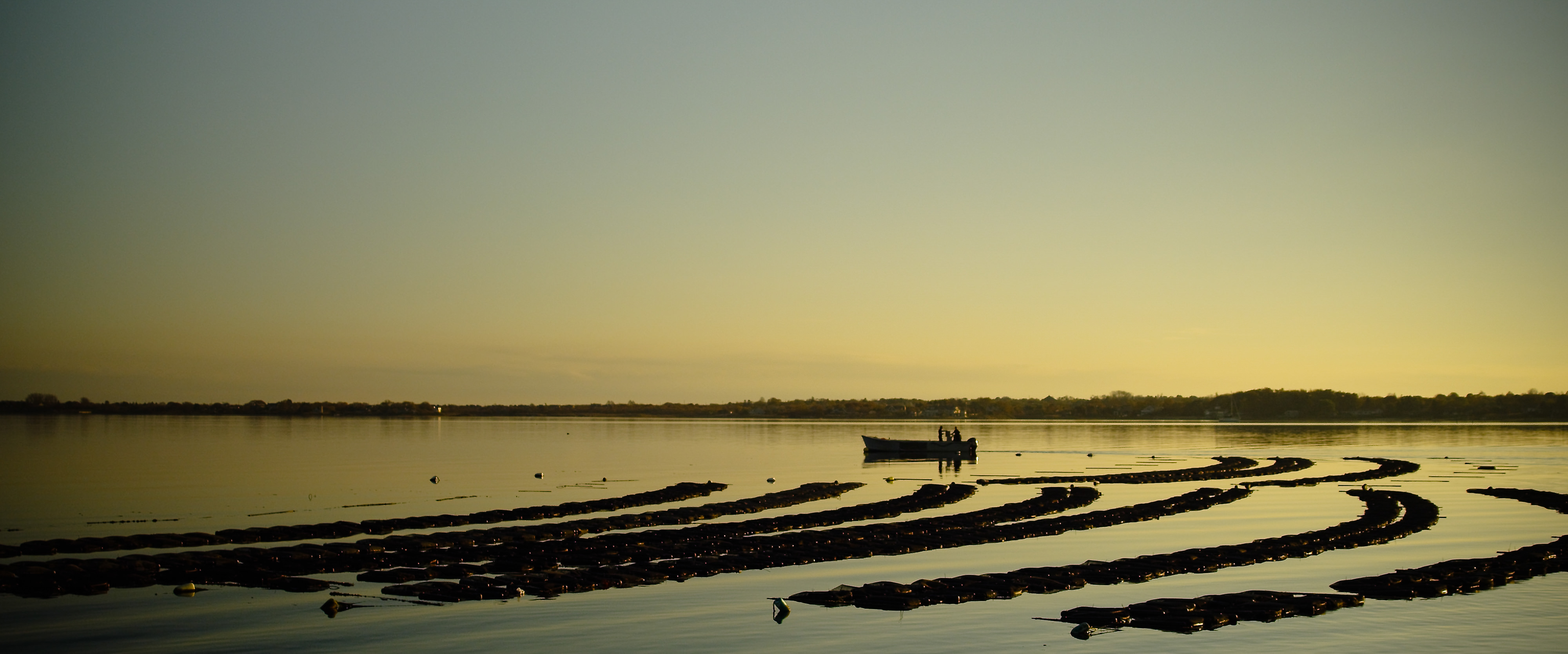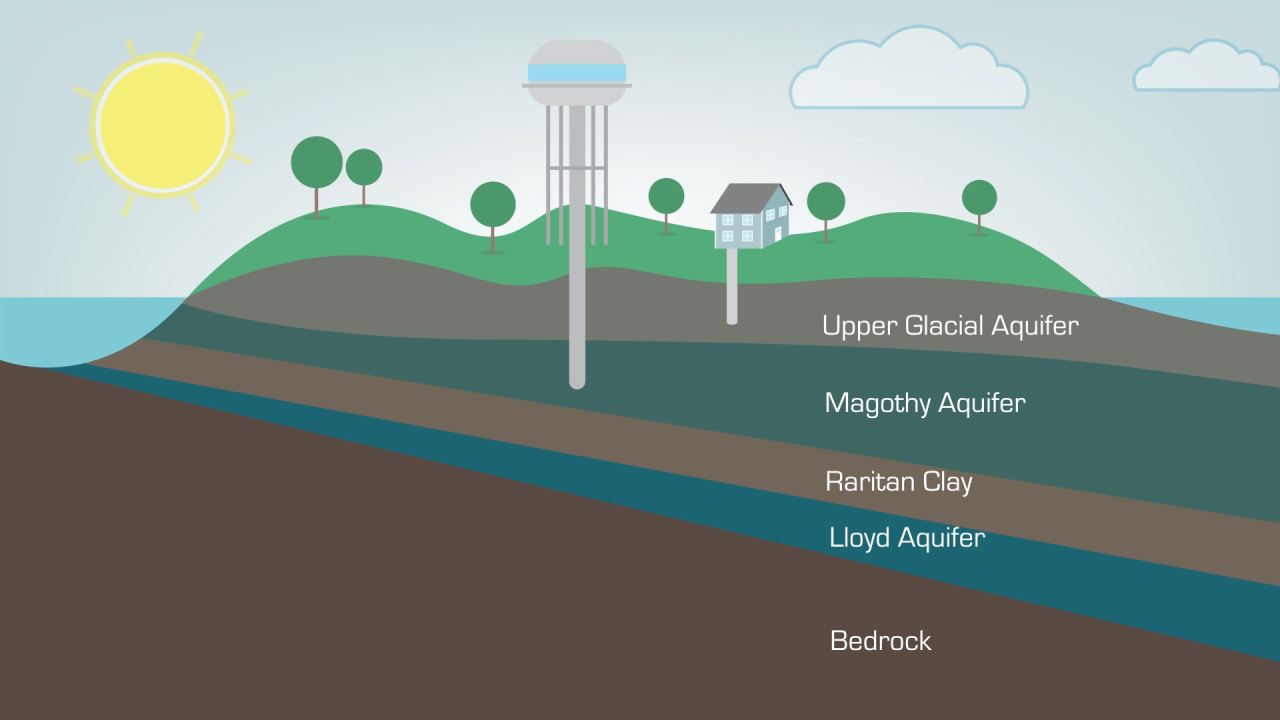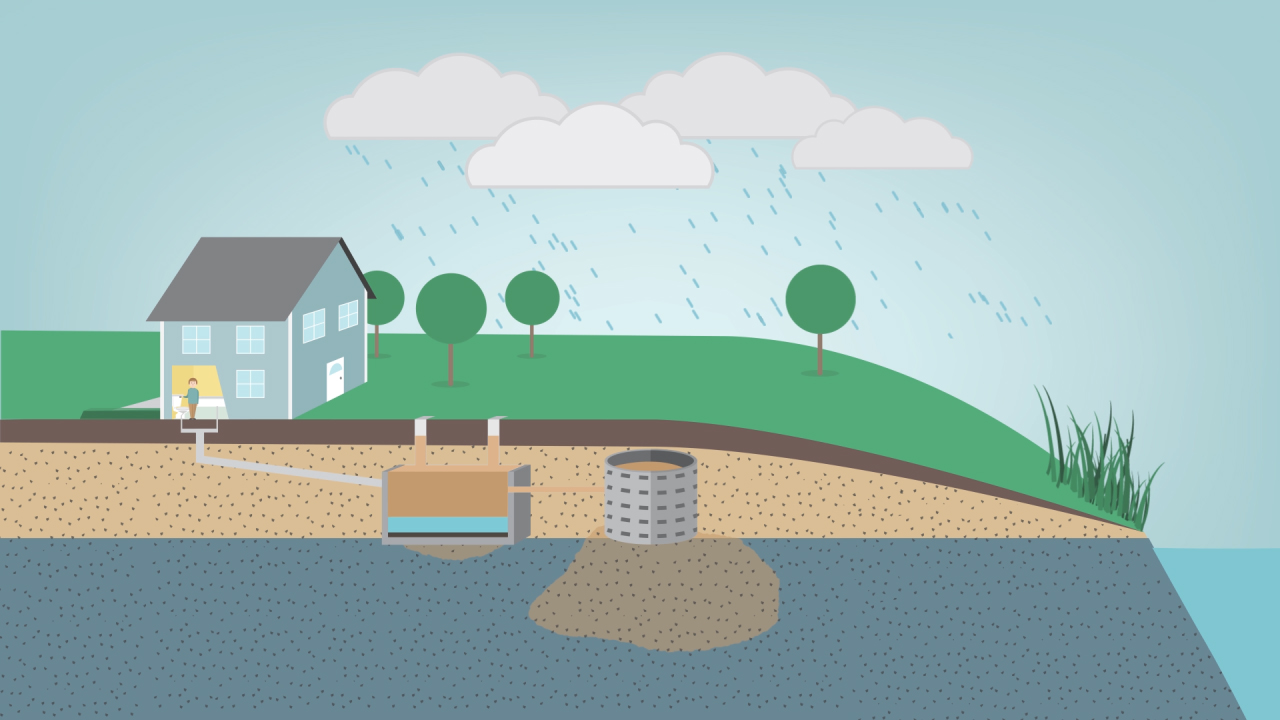The Oysters are Doing Their Part
Each oyster can filter algae and particles from 50 gallons of water per day. That means an oyster farm with 1 million oysters can filter 50 million gallons of water per day. In addition to the benefits of filtering water, they are a tasty and important part of the local economy. Farmed oysters also can release millions of eggs each year. Oyster larvae disperse and colonize nearby areas. In this way, oyster farms can help establish and supplement wild oyster populations.
The Cleanest Body of Water That's Left on Long Island
The northern end of Lake Montauk is close to an inlet that allows good flushing with the ocean waters of Block Island Sound. The mixing of ocean waters into bays and harbors can reduce the impacts of water pollution. Although Lake Montauk is relatively clean, there is growing concern that cesspools and septic systems in the portions of the lake farthest from the inlet will negatively impact the water quality.

A Lot of Troubled Waters
Long Island once supported lucrative fisheries along every shore. Many have collapsed or severely declined in the past few decades. While there are multiple contributing factors, habitat loss, harmful algae, and nitrogen pollution are major factors in the demise of several of Long Island's historically most lucrative fisheries. Nitrogen pollution from sewage was the cause of the massive fish-kill and the turtle die-off in western Peconic Bay in early summer 2015. Water quality problems are happening all across Long Island.
The Abundance of People Threatens Water Quality in Montauk
Although Montauk seems remote at the far eastern tip of the island, it faces the same water quality challenges as the rest of Long Island. The Town of East Hampton found that the "wastewater systems, in particular those along the wetland that drains Ditch Plains to Lake Montauk, are the most probable cause of bacterial contamination of Lake Montauk." As a result, the Town has drafted a comprehensive Wastewater Management Plan which includes recommendations such as a small sewage treatment facility and treated wastewater reuse at the local golf course. If smartly implemented, these efforts will reduce the water quality impact of the swelling seasonal population in Montauk.



